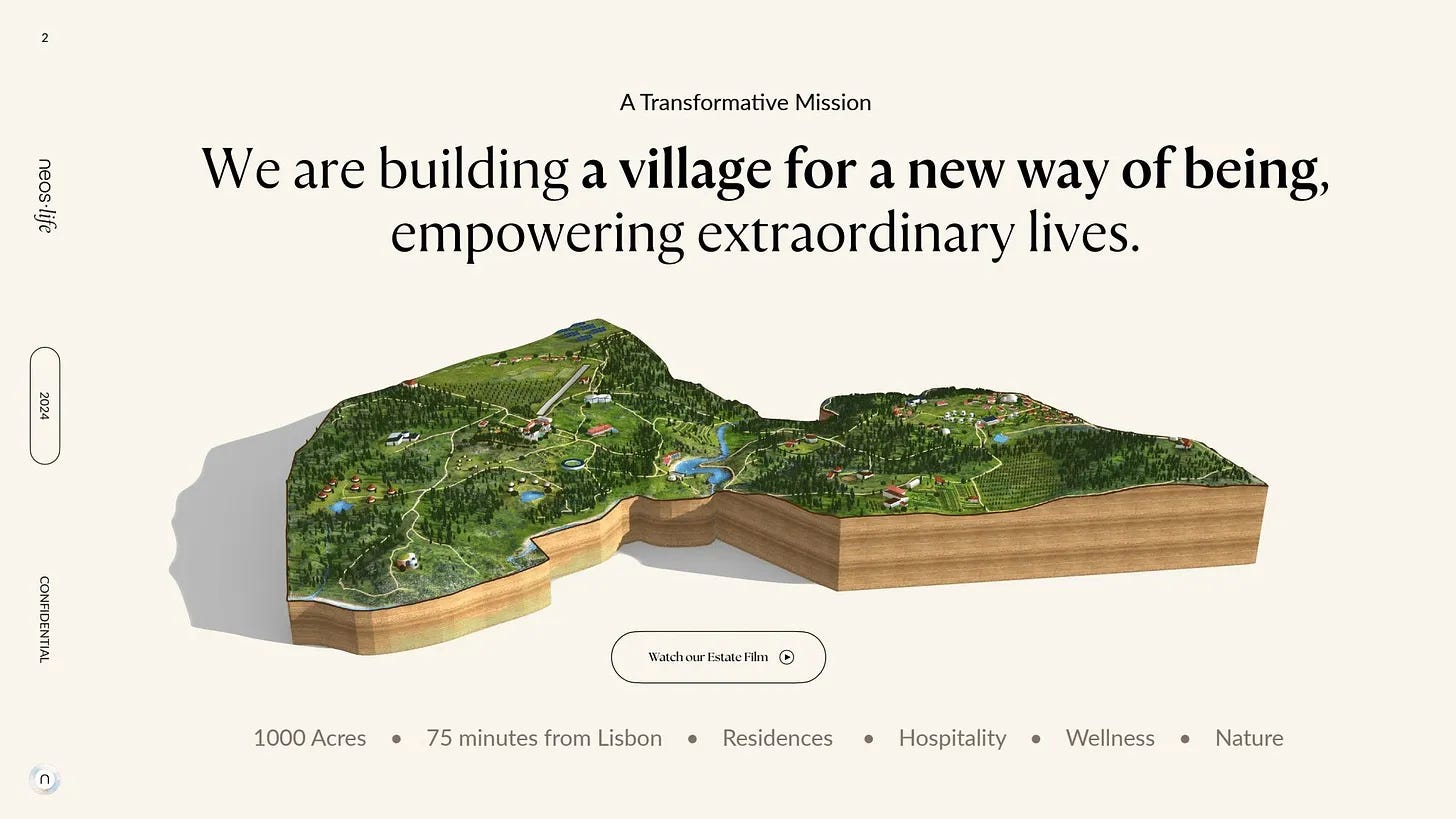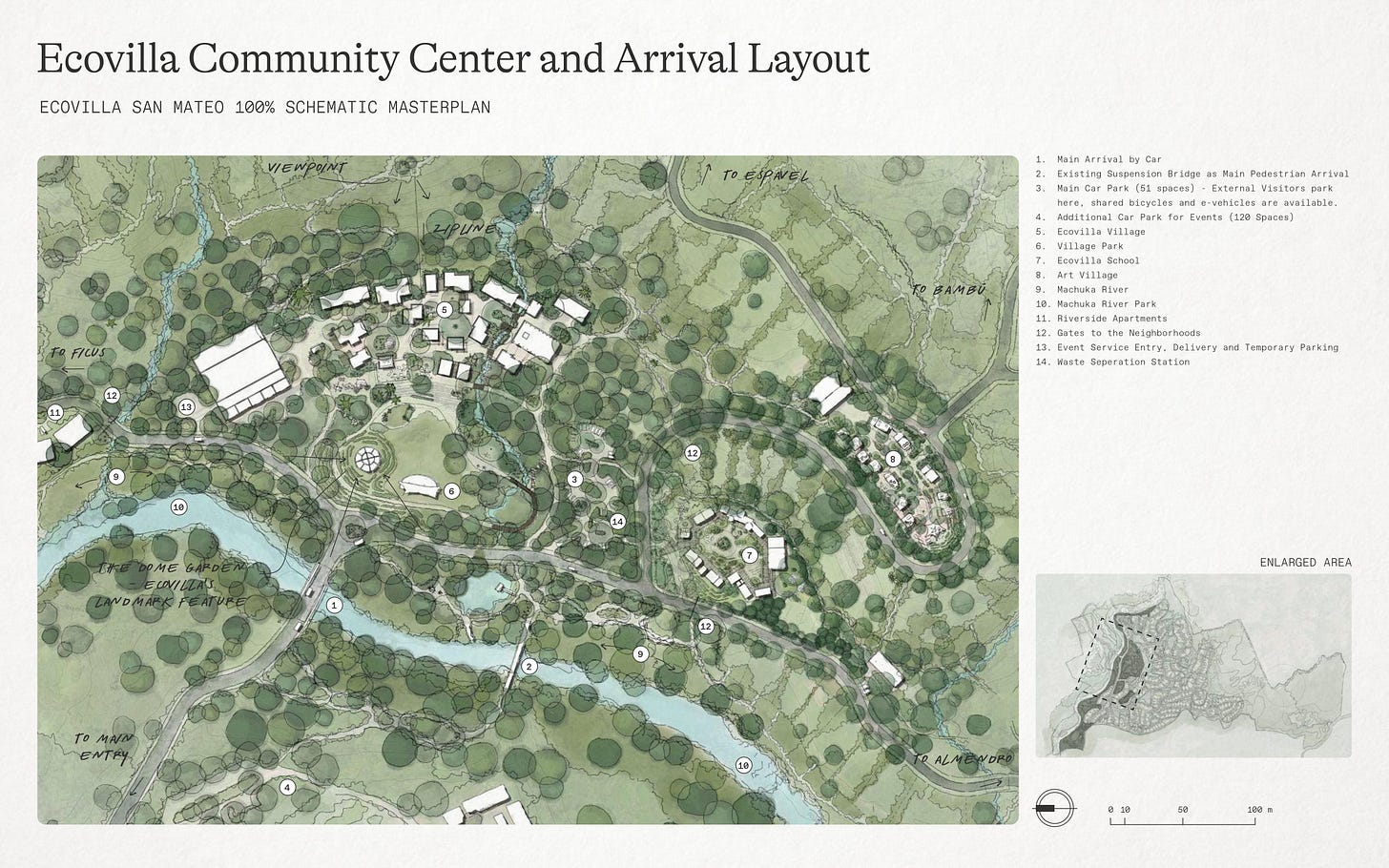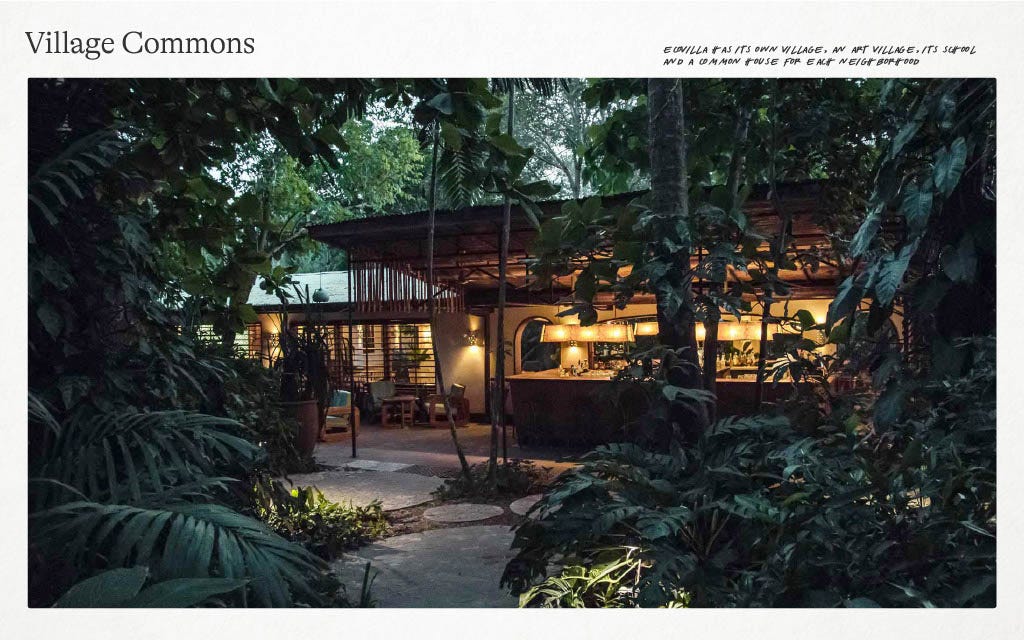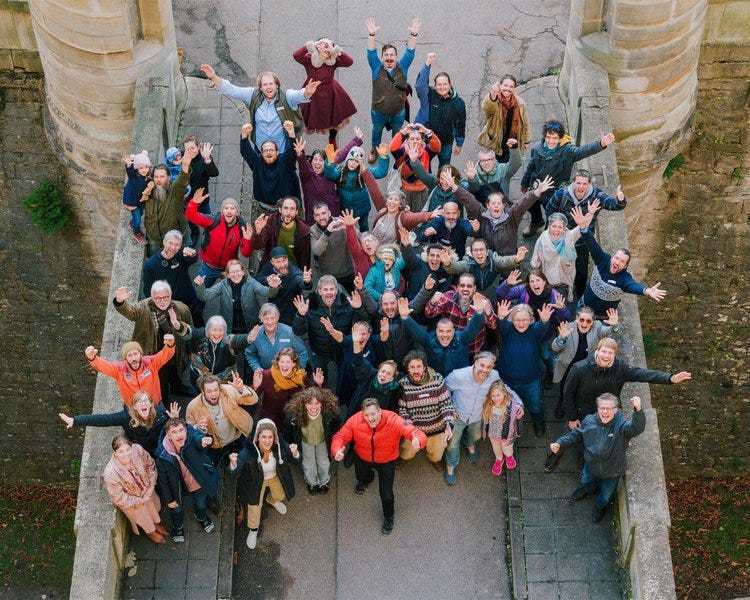Us village builders tend to trip on the same rocks in the road.
We can’t afford to trip when we are in a triathlon to a more regenerative world. So I’ve compiled my forewarnings to others that I’ve gained from consulting 17+ ecovillage and intentional community projects.
The last one I am personally facing while building my longevity village in Sardinia.
Not Securing Solid Agreements With Landowners
Many regenerative village projects begin by leasing land or entering into verbal deals with landowners. This can feel easier and more affordable than buying outright, but it introduces massive vulnerability if not carefully structured.
In general, handshake agreements fall apart. Without a written contract, projects have been evicted after years of investment because the landowner changed their mind, divorced, or sold the property. If you put money into masterplanning, site studies, and feasibility analysis, you may lose everything if the agreement isn’t enforceable.
Real Life Example: My friends Nico Alcala and Roxi Shohadee were designing la tierra in Costa Rica. They spent tens of thousands on a masterplan and deck, but the landowner changed their mind. Thankfully, they had an MOU that stated that all of their design work was their property, and that the landowner had partial financial responsibility to either compensate their work or buy the designs from them.
Mitigation Strategy: Even if you haven’t purchased the land yet, you can still arrange agreements where you own any design assets created for the land, or have the landowner agree to cover the cost of initial studies. Land can be worth 3x the original value just by adding a masterplan.
Developing Structures in the Wrong Order
In the design phase, you will have to timeline your development strategically. You can’t build everything at once, so you need to pick the most important investments first. The project timeline should be strategic, generate cash flow early, and give people the option to stay in or move to the community.
Real Life Example: I saw 2 projects in Mexico pouring buckets of money into “shiny object projects”, one building a natural lagoon and the other a tantra temple. Yet they were struggling to get people to commit. Even after years of offering the option to buy lots, few were biting, and the people who had bought lots were hesitant to move in, because there wasn’t any sense of community yet.
Mitigation Strategy: The sparkly things can come later. I recommend focusing on small hospitality options or a community house to actually get people living onsite. Although, there is still merit in building community amenities to get people on location, even if just for a day. You just have to be in touch with what will actually draw people in.
Underestimating Financial Realities
As visionaries, we are prone to make romantic budgets, which often underestimate infrastructure costs, permitting fees, and legal work.
With a lack of a financial model, your project will fail. Yes, it is difficult to monetize community when you want to focus more on the shared living aspect, but money has to come from somewhere.
Real Life Example: From Creating a Life Together, “Many cohousing communities […] increased their number of units by ten or more because they underestimated the cost of land (or the cost of development or construction), so to keep their homes affordable, they spread the cost out over a larger number of people.” Having to do this might compromise your vision for an intimate community, so be mindful.
Mitigation Strategy: Develop a clear plan for revenue streams like housing sales, rentals, wellness, agriculture, events, etc. Simplify your verticals to one or two to start with, otherwise you’ll be dizzy trying to launch 7 businesses and build a community at the same time. Directly translate how land costs will affect your community design.

Fuzzy Ownership Structures
Even when your project is just an idea, you must design a clear pathway to join. This will domino into other design choices that are critical to uphold your values.
Unclear ownership stakes: Is the project owned by a single founder, a trust, or distributed among residents? How does this affect price of joining or pathways to ownership?
No exit strategy: Do you have a system for buyouts, legacy sales, or turnover when members leave?
Unrealistic affordability promises: Are you promising low-cost housing or membership while planning to build custom organic homes?
Real Life Example: Sweat equity is really popular in many village projects. I’ve seen a few that rely on work trade to make their community function, which in my eyes is a risky path. While it subsidizes labor costs, it makes people who are more transient in charge of essential tasks.
Mitigation Strategy: Design your community (physically and culturally) according to the ownership structure you intend to have. You want to favor and reward longer-term people who will invest time and energy into the community and offer them a path to ownership that doesn’t require capital.

Overlooking Legal & Regulatory Realities
The feasibility stage of village design is point blank crucial. You might buy land in areas where intentional living, tiny homes, or agriculture aren’t permitted, but those are a core part of your vision.
Real Life Example: Before buying Lost Valley, the founders researched the property and found it had a previous conditional use permit. While conditional use permits are typically attached to the property deed, this permit had lost its status because the previous owners lost title. Even though buying the property was an enormous gamble, they did it anyway. They went on to publicly document their public/educational activities, pay tax on these activities to the county, and 2 years later after reviewing their excellent record, the county re-instated the conditional use permitting.
Mitigation Strategy: Look into previous zoning permits that your land has had, they may be different from the current zoning status and can be re-established. I highly recommend chapter 11 “Neighbors and Zoning” in the book Creating a Life Together to explore how communities have solved for this.
In some cases, it is easier to petition the municipality to create a new zoning category (such as “Ecovillage zoning”) instead of trying to fit your project into existing zoning laws. This process, similar to a PUD, goes through public hearings and council approval, but gives you more flexibility by letting you define your own standards and regulating plan tied to your site concept. Unlike a PUD, a custom zoning category can embed long-term conditions and parameters into the city code, ensuring your vision is formally recognized and supported.
Ignoring Place-Based Realities
Land that’s cheap may be remote, water-scarce, or unfit for agriculture. Planning to plant crops or designs that don’t suit the climate and ecosystem creates an ecological mismatch. Not building relationships with neighbors, municipalities, or indigenous stewards endangers your freedom to pursue your vision.
While acquiring properties with existing infrastructure gets you a quicker move-in time, it can present less design freedom.
Real Life Example: A community I know acquired an amazing historic property with existing infrastructure, with the intent to turn it into a coliving and small business accelerator hosting artist and creator residencies. But they didn’t consider how the living spaces for the short-term people would mix and disrupt the lives of long-term residents. Or that distance from the city would be a barrier to getting people to come out. While they had a starry-eyed business plan for these premium overnight stays, they were forced to choose the more stable and modest income of long-term tenants.
Mitigation Strategy: Rather than see yourself as a bubble and everyone around you as others, weave friendly relationships in your local ecosystem. Forcing your vision onto a piece of land or into an existing community is not truly regenerative.
Paying Too Much for Services
Whether it’s my friend who spent $20,000 for a deck to promote a land project he couldn’t end up developing, or a community leader giving someone $5,000 to make a couple unfancy google docs to assign people chores, this is a general trap that is not talked about enough.
Yes, get ready for things to cost more than you expect, but also be wary. People will overcharge you because they misinterpret your project as a regular land development, rather than a distributed ownership coliving or an affordable ecovillage. If this is your first time doing this, you might assume you have to cough up for every potentially applicable expense. This is not the case.
Real Life Example: My experience with designing my own village in Sardinia is that once professionals learn I have a project, they are pitching me left and right for why their premium service is essential. Not unusual, but I’ve noticed people asking far above market rate for their services, which catches my attention. They want commissions, retainers, and bonuses on top of money upfront. I’m happy to pay people for quality service, but most proposals feel opportunistic.
Mitigation Strategy: Understand what is essential to spend money on, and be very skeptical of any proposal that comes your way.
Those are the top mistakes I’ve observed in the village design phase. If you want help avoiding these mistakes, book a call with me to explore your options for building the village of your dreams.
Stay tuned for pt. 2, Mistakes in the Building Phase.






So much good sense, Nicole, and some of it endorsed through my own experience
This so helpful. Thankyou Nicole. Mitigation strategies are key. Some green shoots are happening in Oz around 'design & delivery' of true regenerative villages. Supported by Circular Australia. Huge gratitude for all that you do in leading way forward. Please let's connect when you next come Down under. www.cevco.life